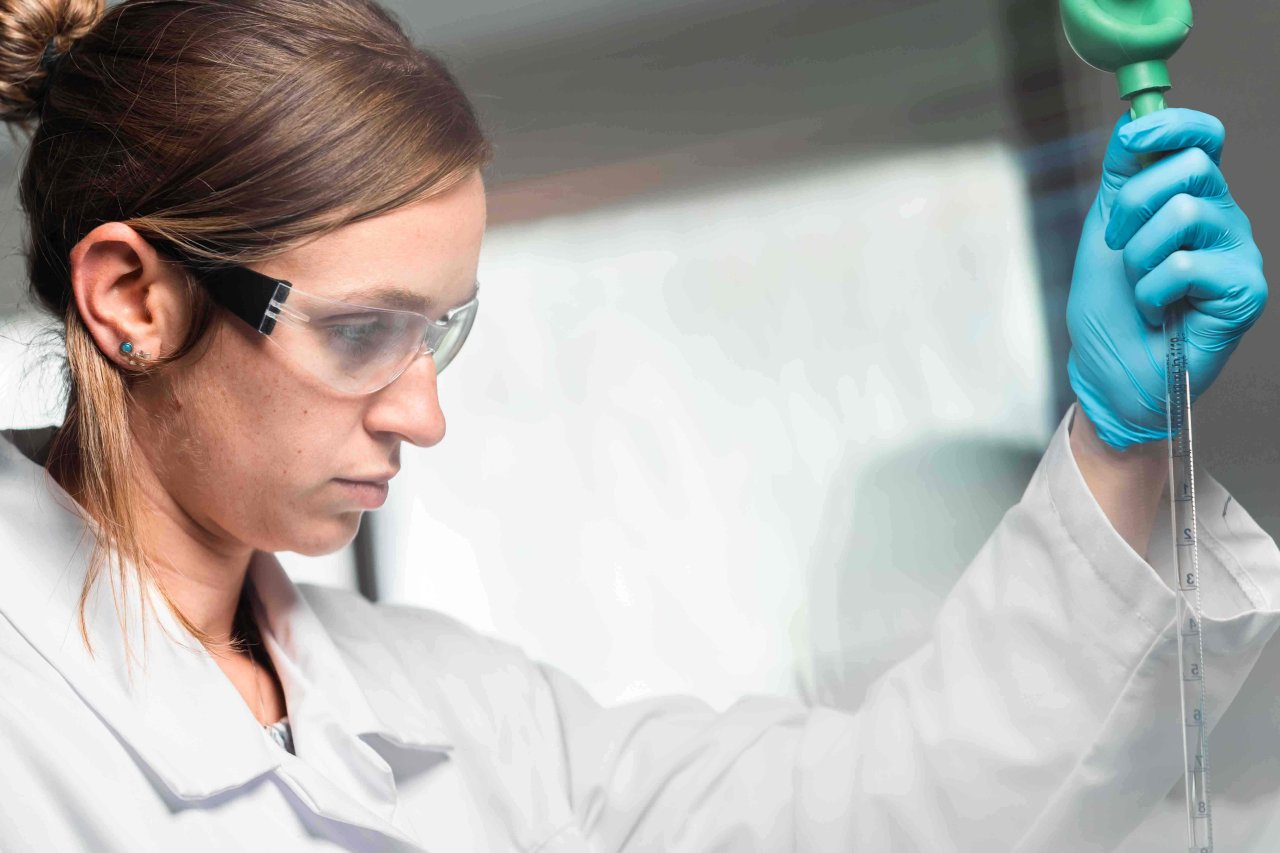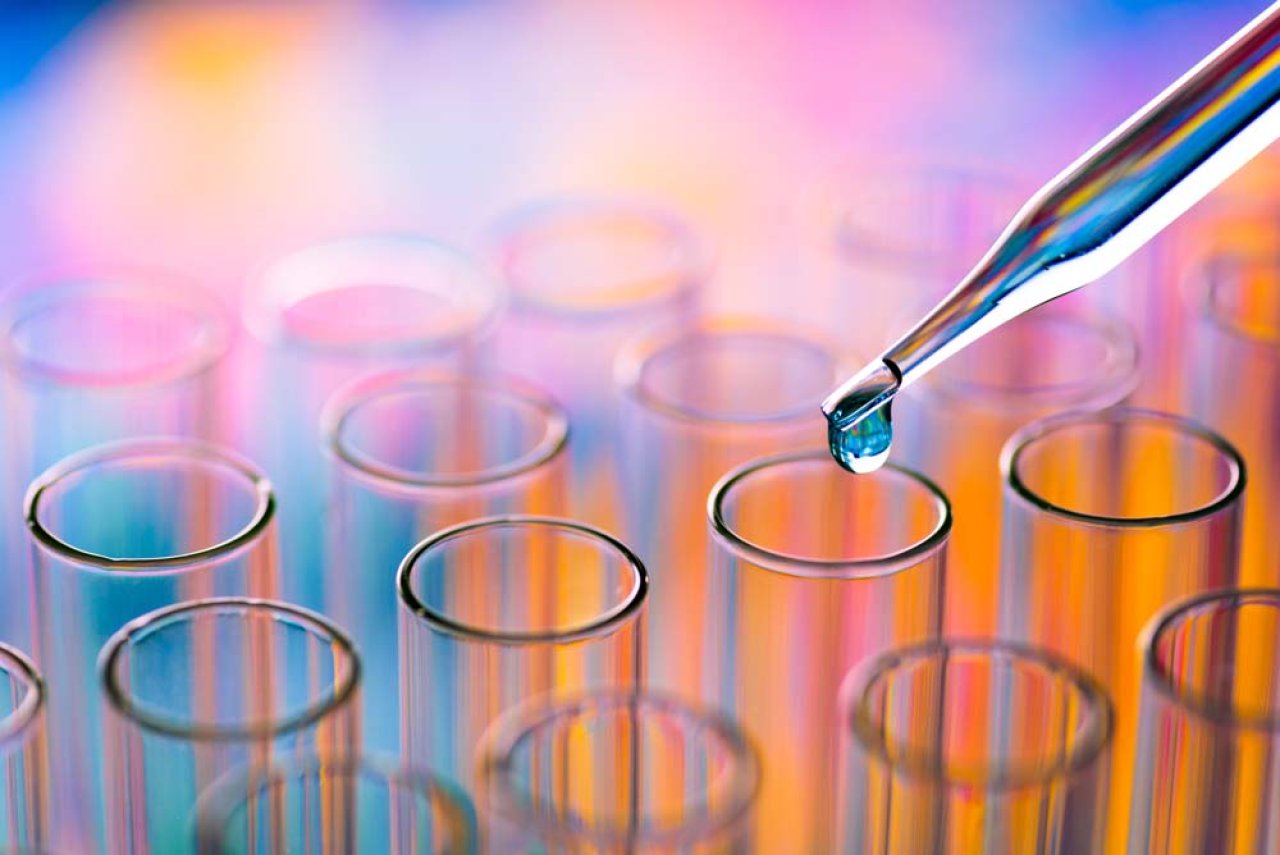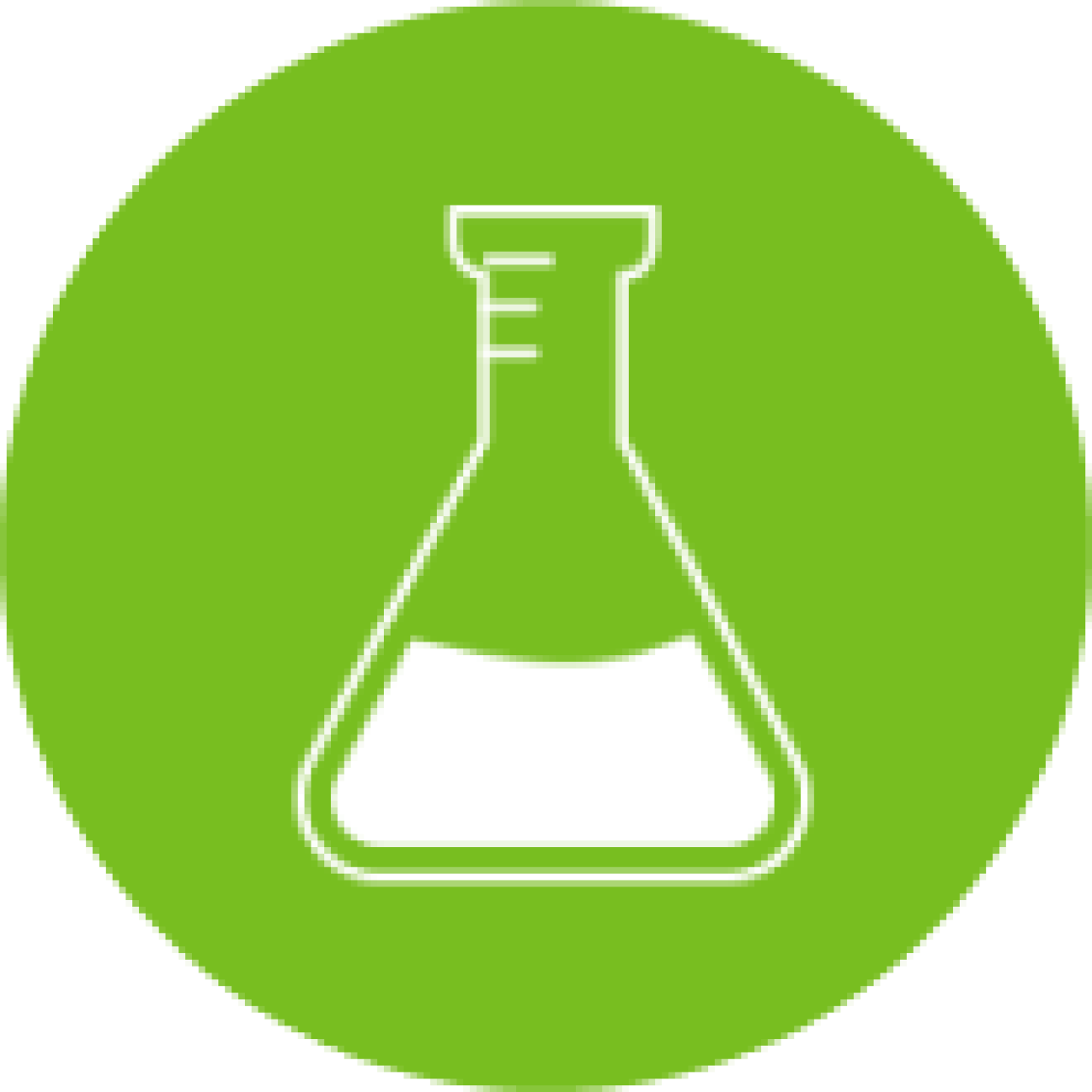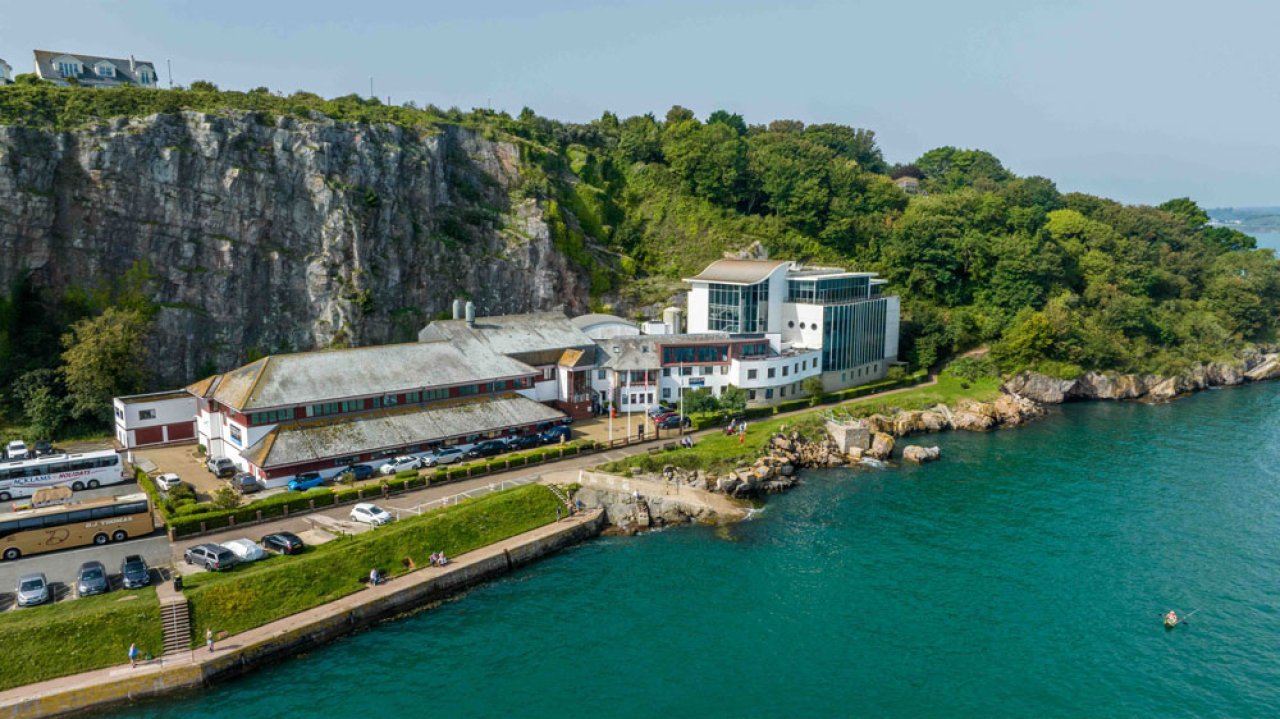Study search
We offer a wide range of studies meeting OECD, OCSPP (OPPTS), JMAFF, ISO and related guidelines.
You can search our full list of studies here by using keywords, species, guideline number, or endpoint.
Search study by:

Scymaris is an innovative, nimble and responsive organization with a high degree of ownership by everyone for the success of our clients. - Tim Derrington, CEO, Scymaris
Why Scymaris
Our foundation is a heritage of over 75 years' experience in serving pharmaceutical, agrochemical and chemical industries. With modern and sophisticated world class facility and state-of-the-art laboratories, and unique access to marine species in Brixham to provide a turnkey solution for GLP and non-GLP Environmental Risk Assessment requirements.
As a dedicated environmental testing laboratory, we bring together expertise across all disciplines to ensure that our testing strategies are adapted to the challenges of today’s new chemistries. This includes poorly soluble, UVCB, volatile or unstable, natural products, and difficult to analyse substances.
Our goal is to help our clients understand the lifecycle of chemicals in our environment and the impact this has on the ecosystem.
Our work
We are committed to a controlled and carefully planned execution of studies based on excellence in science and project management, with access to your Study Director throughout the project lifecycle.
Learn more
75+
Years as a research and regulatory testing laboratory, serving a variety of Regulatory and Research needs.
70+
Regulatory studies on offer, covering OECD, OPPTS/OCSPP, ISO ECA and SANTE, and including Endocrine Disruption studies
26000+
Square feet of dedicated, state of the art laboratory space
Contact us
We work collaboratively with our clients, to develop innovative approaches that are tailored to meet your specific needs.
Get in touch with us today to find out how we can help you meet your environmental risk and regulatory requirements.
This website uses cookies to ensure you get the best experience. Learn more





